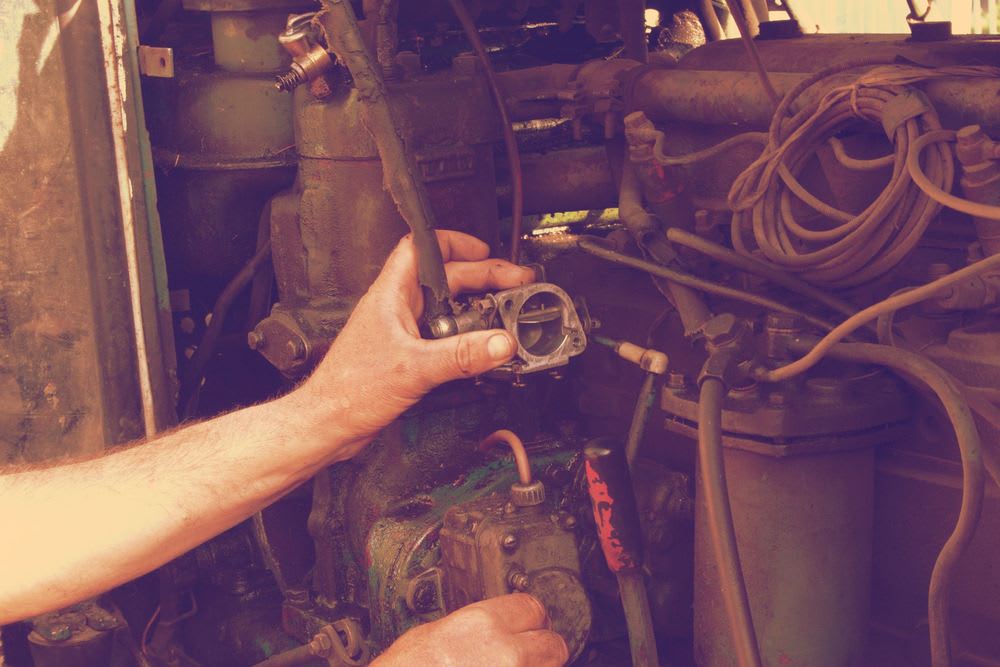

Hoses are used extensively throughout your engine, and they’re all subject to pressurized fluid. However, collapse is usually only a problem on radiator hoses – generally the upper hose, and only in certain situations.
During normal operation, your hoses should appear the same visibly whether the engine is hot or cold. Bulging or collapsing are both signs of problems in the system, albeit different problems. If you’ve noticed that your upper radiator hose has collapsed, there are a couple of potential culprits.
What causes a radiator hose to collapse
The primary concern here is vacuum in the system created as the engine cools. If your radiator cap is not releasing pressure on the system, it can cause a vacuum to develop (coolant is unable to move to the reservoir/overflow tank). This can collapse the upper radiator hose.
Another potential issue is a blocked overflow hose. This will cause the same symptoms as a faulty radiator cap. There’s also the potential issue of a clog somewhere in the cooling system creating a vacuum and causing the hose to collapse on itself. However, the amount of vacuum created by a clog in the system is often not enough to collapse a new hose – it can be a sign that your hose is deteriorating and should be replaced.
Some hoses have wire reinforcement woven into the rubber of the body. If some of the reinforcement is faulty or broken, it creates a weak spot in the hose, and collapse can happen. If you have a collapsed hose, there’s definitely a problem in the system. The first suspect should be the radiator cap, and/or a faulty hose, but there are other possibilities that should be ruled out as well. A professional mechanic can help determine the actual underlying cause.



